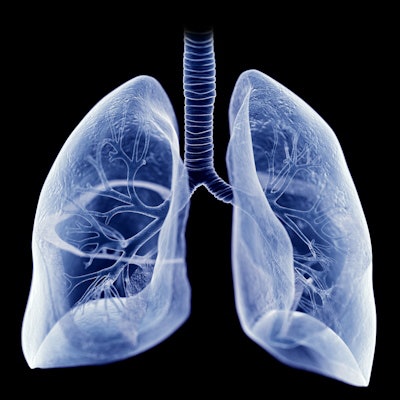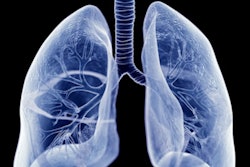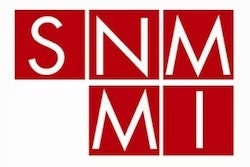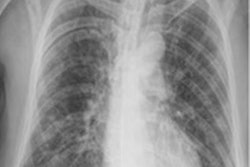
The Society of Nuclear Medicine and Molecular Imaging (SNMMI) has sent a letter to the U.S. Food and Drug Administration (FDA) urging the agency to begin a fast-track review of the Technegas agent for nuclear medicine ventilation/perfusion (V/Q) lung scans.
Technegas is designed to be used for the ventilation portion of V/Q imaging studies, with patients inhaling the agent before undergoing imaging with a gamma camera. Ventilation images produced by the technique can provide information about airway patency and obstructive lung disease, according to the SNMMI.
Technegas is produced by using a carbon crucible to heat technetium-99m for a few seconds. The agent penetrates to the subsegmental areas of the lung and is trapped by surfactants in the alveolar walls, according to the group. The agent is manufactured by Australian firm Cyclopharm, which said last week that it expects FDA approval of Technegas in the second quarter of 2021.
In its January 18 letter to the FDA, the SNMMI said it believes that rapid approval of Technegas is important due to a decline in the ventilation portion of V/Q studies that has occurred since the start of the COVID-19 pandemic. Some nuclear medicine facilities are reluctant to conduct ventilation exams because two of the most commonly used agents for this application -- radioactive xenon and radioactive aerosolized particles -- can produce aerosolized particles that could be a safety risk for nuclear medicine personnel who have to be in the room during V/Q scans.
Indeed, the SNMMI in September updated its guidance on V/Q scans, recommending that nuclear medicine personnel use infection control procedures and wear appropriate personal protective equipment.
Because Technegas doesn't release aerosolized particles, it represents an alternative that could allow users to resume full V/Q scans without jeopardizing the health of personnel. Technegas also is cheaper and more available than radioactive xenon and radioactive aerosolized particles.




















